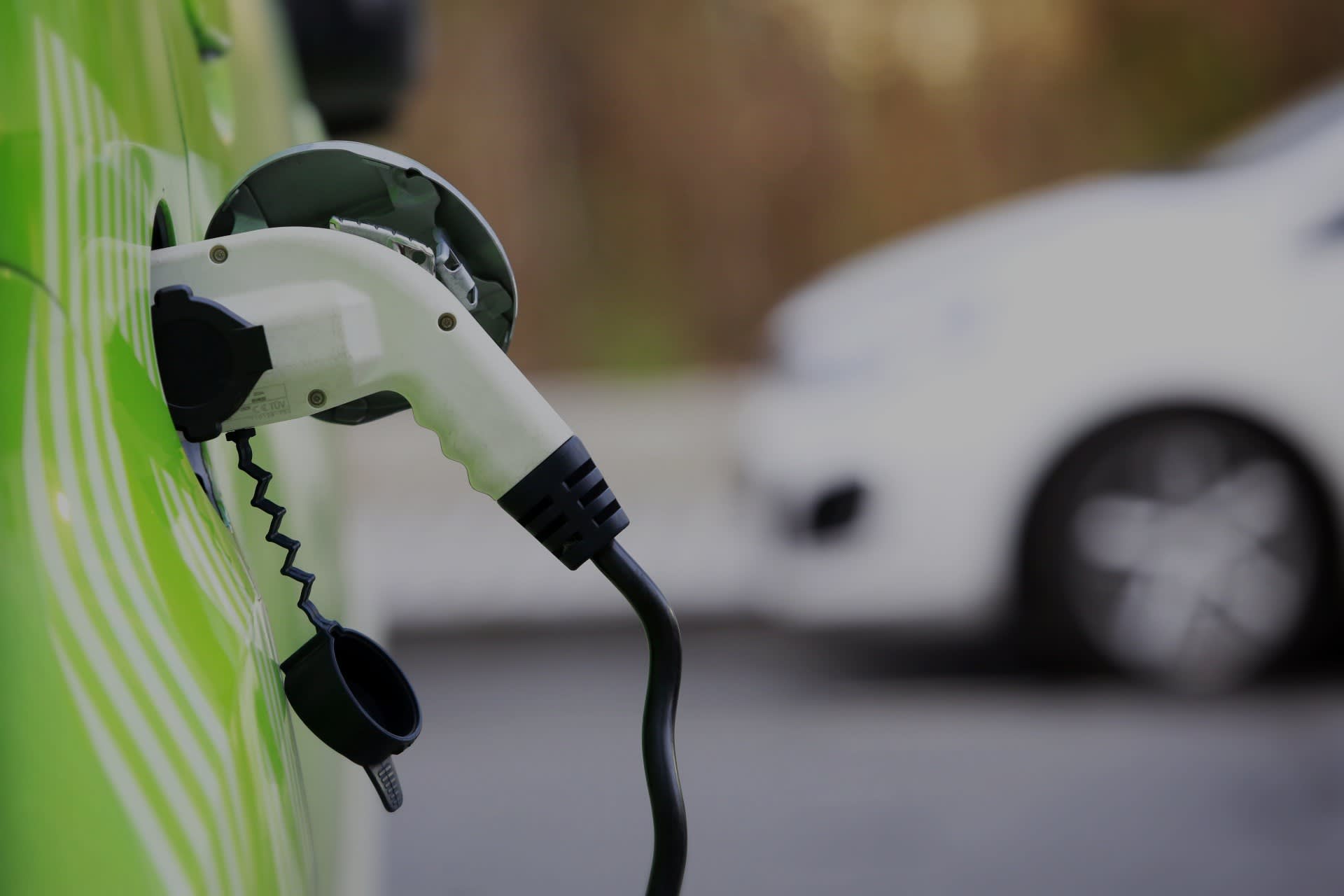Why businesses need to drive EV infrastructure forward
If you drive regularly, you’ll have noticed the huge increase in the number of electric cars and vehicles on UK roads over the past few years.
This shows a genuine change in public mindset - but the Government's only now starting to catch up. Read on to understand why, finally, now's the right time for UK businesses to invest in charging infrastructure.

Decreasing cost of ownership is driving incredible growth
As the nation sets its sights on the 2050 net zero target, the environmental benefits of EVs are well-established. With fuel costs higher than they were 12 months ago in the UK, the move to electric now appears even more attractive. And, whilst buying an EV may cost more than buying a conventional petrol or diesel car right now, things are changing fast.
The Government’s plan to ignite a ‘green revolution’ includes its ban on the sale of new petrol or diesel vehicles from 2035. However, despite rising numbers of drivers and fleet managers making the switch, there remains a significant obstacle on the journey to electrification.
The UK’s facing a charging infrastructure crisis
The UK needs to see a dramatic increase in the amount of available charging facilities. Without it, drivers making the switch will be left with the same dilemma every time they get in the driving seat: Where do I charge my car?
According to ZapMap, as of the end of July 2022, there were 33,281 public chargers across the UK. The Society of Motor Manufacturers and Traders (SMMT) estimates that, by 2030, we’ll need about 2.3 million.
At the current rate of growth, the UK will only have 25% of the number of public charge stations it needs.
The Government’s helping hand
The UK government has stepped in and plans to address the charge-station shortfall with £1.3 billion of funding to build a world-leading EV charging infrastructure.
Although most vehicle charging is likely to take place at home, workplaces will also have a part to play. So, as well as investing in public charging facilities, the Government’s offering financial support to organisations that install EV charge stations on their premises.
This is good news for UK businesses, especially those already thinking about making the switch to electric.
In it together
With this support in place, now’s the best time ever to invest in charging facilities: for you, for your business… and for the UK’s net-zero economy.
Of course, building and maintaining a charging infrastructure that can consistently meet the needs of UK motorists will need more than financial incentives. It’ll require collaboration and cooperation at every level.
From local to national government, big business to SMEs – and, of course, motorists – everyone has a part to play in getting the UK future-ready.
Expertise and innovation you can rely on
The process is also going to need further innovation and a new kind of thinking that enables a smarter way of driving.
That’s why UK businesses are turning to Drax, the UK’s largest producer of renewable source electricity, and the only business energy supplier committed to becoming carbon negative by 2030.
Adam Hall, Director of Energy Services at Drax, has noticed the shift: “We’re seeing organisations coming to experts with ESG credentials at the forefront of what they do. I can see a time when organisations will only do business with partners who use low-carbon technology.”
As the 2035 ban approaches and UK businesses embrace electrification, change will only accelerate. At our homes and at work, on our roads and in our car parks, electrification will transform the UK’s energy network. By working together and with the support of energy pioneers like Drax, UK business is in a perfect position to help drive the UK towards net zero through electrification.
To learn more about government grants available to your business - and how Drax can help you make the most of them - download ‘Tipping Point’, the definitive guide to electrification in 2022.